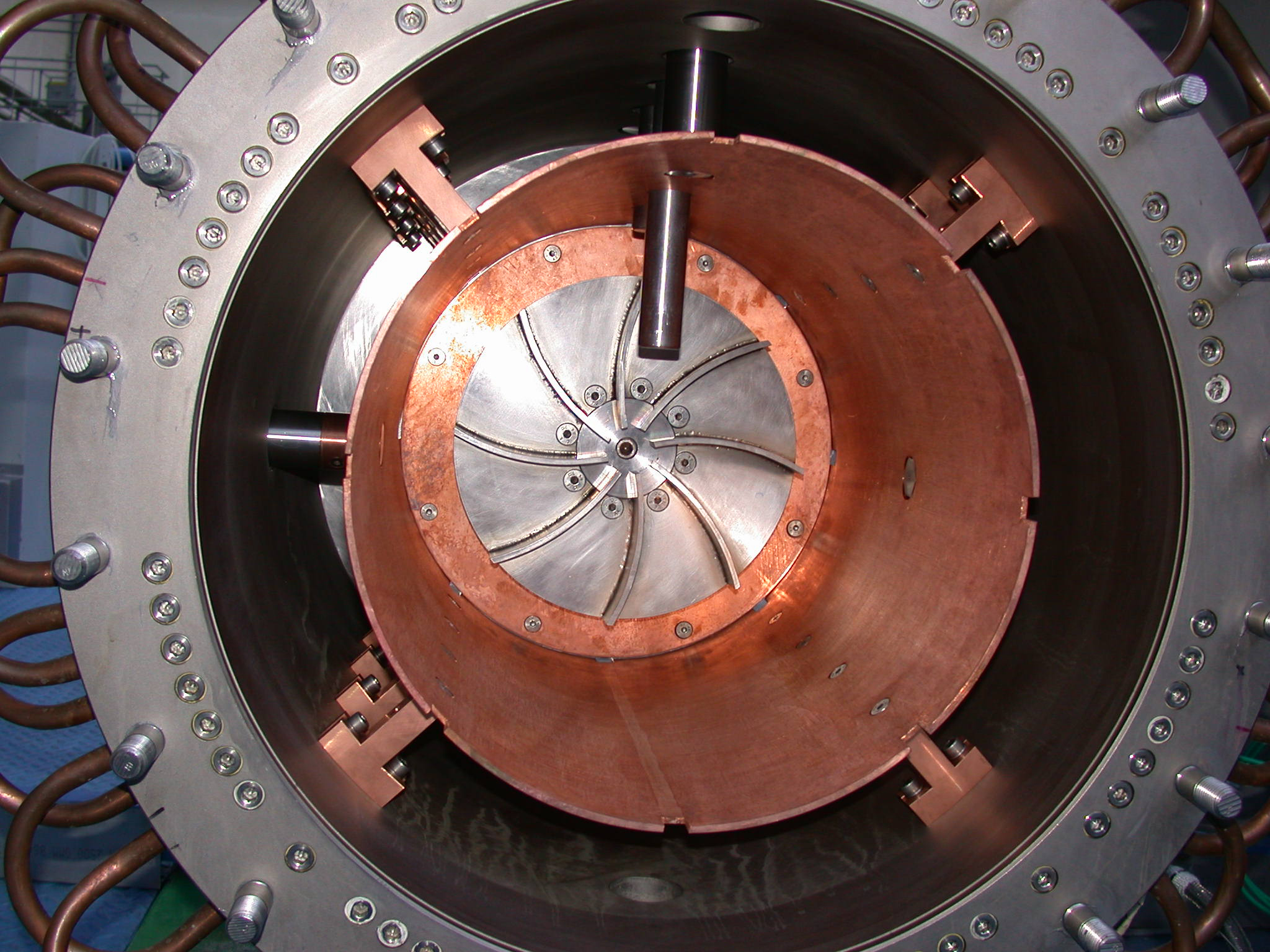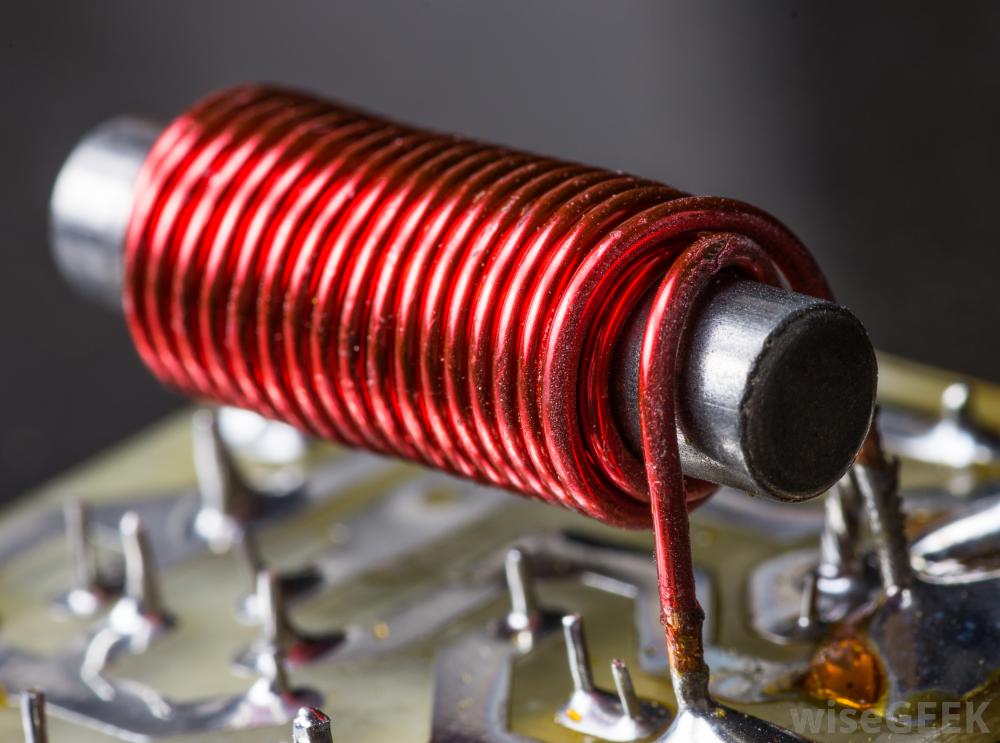
47. Melting point, Bond dissociation energy, and Bond energy
A high magnet flux density was observed in the melt near the electromagnet to which a strong current input. The case 3 condition shows larger magnetic flux density than the cases 1 and 2 due to the activated 6-pole electromagnets.. The distribution of the magnetic volume force formed in the molten metal, which is the source force of melt.

How To A Steel Nail Dr Bakst
1 Altmetric Explore all metrics Abstract Heating plays a vital role in various manufacturing processes of metallic products. Microwave heating has many advantages over conventional conductive heating methods while it is currently limited to heating dielectric materials and powdered metals.

melting metal? YouTube
In industrial practice, various methods of external influences on metal melts are used. For example, vibration processing, exposure to ultrasound, and other physical fields. The main purpose of such influences is purposeful grinding of the metal structure, which contributes to the improvement of mechanical characteristics. The article presents an overview of research on pulse processing of.

levitation melting of aluminium (MHD simulation) YouTube
Induction heating is the process of heating electrically conductive materials, namely metals or semi-conductors, by electromagnetic induction, through heat transfer passing through an inductor that creates an electromagnetic field within the coil to heat up and possibly melt steel, copper, brass, graphite, gold, silver, aluminum, or carbide.
17 Metals With the Highest Melting Points (and Why) Materials Science
The electromagnetic levitator ISS-EML on the International Space Station (ISS) offers perfect conditions for such experiments. This way, data for process simulations is obtained, and a deeper.

Melt metal tools with electric shock Experiment Crazy Transformator
A simple electromagnet consisting of a coil of wire wrapped around an iron core. A core of ferromagnetic material like iron serves to increase the magnetic field created. The strength of magnetic field generated is proportional to the amount of current through the winding. Magnetic field produced by a solenoid (coil of wire). This drawing shows a cross section through the center of the coil.

A Step By Step Guide on How to Melt Metal
Abstract The necessity of studying the stirring of liquid-metal components to form homogeneous alloys is substantiated. A mathematical model is developed for the electromagnetic stirring of alloys produced in an electric arc furnace. A special-purpose experiment is carried out to test the proposed model. The results of calculations and experiments performed on a small electric arc furnace are.

Iron can melt, what happens when the melts? By HSMAG
The Electric Metal Makers Guild is an international organization of electric melting furnace operators. The purpose of the Guild is to promote the development, manufacture, and use of metals produced, refined, or treated, wholly or partially, in electric melting furnaces. Its mission is to assist the metal melting industries through the.

Physics Molten Metal
The Electromagnetic-Levitator (EML) on the ISS is discussed and possible designs for future EMLs are presented. Further, the possible applications of metal as a potential source of propellant for electric propulsion systems and as feedstock for in-space manufacturing are discussed.

Flexitune Levitation Melting YouTube
1. Electric furnaces are offered with holding capacities from 1,200 to 20,000 lbs. These metal capacities allow for maximum drawdown prior to recharging. 2. The furnace is capable of "melting back down" if a metal freeze-up occurs due to extended power failure. The time frame of the re-melt depends on metal temperature and holding capacity.

Many Moving Melting Metal YouTube
84 Comments by: Brian Benchoff April 8, 2012 built by [bwang] over on Instructables. It gets hot enough to melt and forge steel, iron, and aluminum. this induction heater from a few years ago. A.

melt metal with field, Electronic and
Best Metal Melting Furnace 1. USA Cast Master GG 5000 SS (review) 2. TOAUTO 3kg 1400W (review) 3. FASTTOBUY 6kg (review) 4. Cast Masters GG 10-12kg (review) 5. CANALHOUT 6kg Kit (review) Jump To… Top 5 Metal Melting Furnaces Why Use a Metal Melting Furnace? Benefits Choosing the Right Furnace 1. Fuel Type 2. Capacity 3.

What Makes a Stick? The Science Behind
Smelting is the process of removing a metal element from mined ores. Most metals are found as veins in rocks, or as parts of other elements. Smelting is the first step of extraction. Melting is what is done with metal alloys or pure metals. Scrap is melted, ore is smelted. Pig iron is the rough iron ingots created from iron ore smelting.

Metal Melt & Pour Life of a Casting Reliance Foundry
The billet heating technique by rotating conductive material in a magnetic field for aluminum extrusion has been reported, but metal melting technology by the induction heating with the dc magnetic field has not. Further complex geometries of aluminum profiles are formed by the casting that requires highly efficient metal melting technology. In order to verify the capability of induction.

Melting Metal with Induction
Electromagnetic metal casting (EMC) is a casting technique that uses electromagnetic energy to heat metal powders. It is a faster, cleaner, and less time-consuming operation.

Melting Points of Different Metals
The purpose of this review is to: (i) give an overview of the main EPMs used in the manufacture of bulk ceramic or metals components; and (ii) to generalize physical effects (field/current effects on matter) within EPMs.